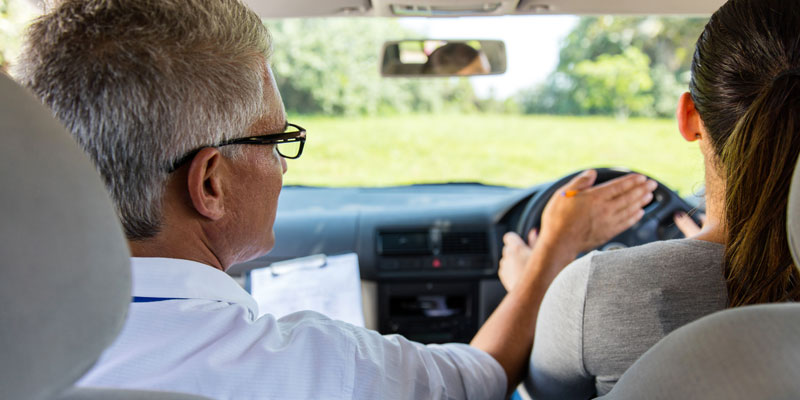In our previous article, we discussed the various areas that you’ll cover when you’re learning to drive. During this driving series, we’re going to dive further into learning to drive and talk about the variety of manoeuvres and specifics that surround driving in the UK.
For this week, we’re going to focus on moving the car for the first time and how you can bring it to a stop safely. When you move the car, you want to aim for a smooth transition, and avoid misfiring and juddering.
Goals for Moving Off . . .
Your main objective when moving off for the first time is to be comfortable getting the car ready in a parked position on the side of the road. You need to be able to make clear observations and complete the correct mirror, signal and manoeuvre routines.
As you start your intensive driving lessons in Milton Keynes for the first time, you should pull off smoothly and take up a safe position on the road without affecting other road users or putting them in danger.
Getting the Preparation Right:
Before you start to move off, you need to get the car ready to move and to do that you need to have the correct gear selected. Make sure that you have the clutch down fully and select the 1st gear.
If your learner car is parked on a steep downwards hill, you may find it easier selecting 2nd gear. Your driving instructor will be able to help advise you on this when the time comes.
When the clutch is down and the gear is selected, start to apply the gas gently, and allow the engine to build up the revs slowly. Use the rev counter behind the steering column to guide you – you want to have the revs built up to 1 and 1.5 revs.
When you’ve built up the revs, you can start to bring the clutch up slowly, but remember not to bring it up too quickly or the car may shoot forwards. You’ll feel the car tug forward; this means that the car is ready to move.
Make your final observations and release the handbrake. The car will start to move forward and you can join the road.
Making Observations . . .
Its important to check your surroundings before you start moving away. You’ll need to check your interior mirror and side mirrors correctly to avoid oncoming traffic and pedestrians.
Make sure that you check over your blind spot too. Unfortunately, pedestrians tend to try their luck and don’t tend to look at what you’re doing, so make sure you see them before you start moving the car.
When you’re satisfied that the area is clear and safe to move, release the handbrake and pull into the road. As you get onto the road you will need to increase the amount of gas being applied – this will make the car move quicker.
General Tips for Moving Off:
If you stall a lot on your intensive driving lessons, don’t worry because it happens a lot for new drivers. Stalling is predominantly a clutch control issue. If you use a petrol engine car you will need to apply more gas before the clutch is released.
However, if you drive a diesel car, you can get away with it a little more and bring the clutch up slightly before applying the gas. Many driving instructors teach driving lessons in Blackburn for this reason due to the amount of hill starts within the city.

